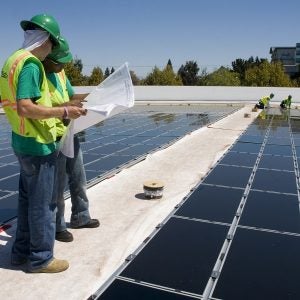 This blog was co-authored by Colin Leyden and Nichole Saunders.
This blog was co-authored by Colin Leyden and Nichole Saunders.
The Environmental Protection Agency and the outgoing Martinez administration in New Mexico have produced a draft white paper and solicited comments on potential ways to reuse or manage the growing volume of wastewater produced by the state’s oil and gas industry.
While the paper is a helpful outline of current produced water policy, New Mexico decision-makers should view it as a conversation starter and not the final word. When it comes to answering questions about whether the oil and gas industry’s wastewater can be safely reused for other purposes, like food crops, livestock or, as the white paper even suggests, drinking water, there are a number of other serious factors to be considered.












 By
By 
